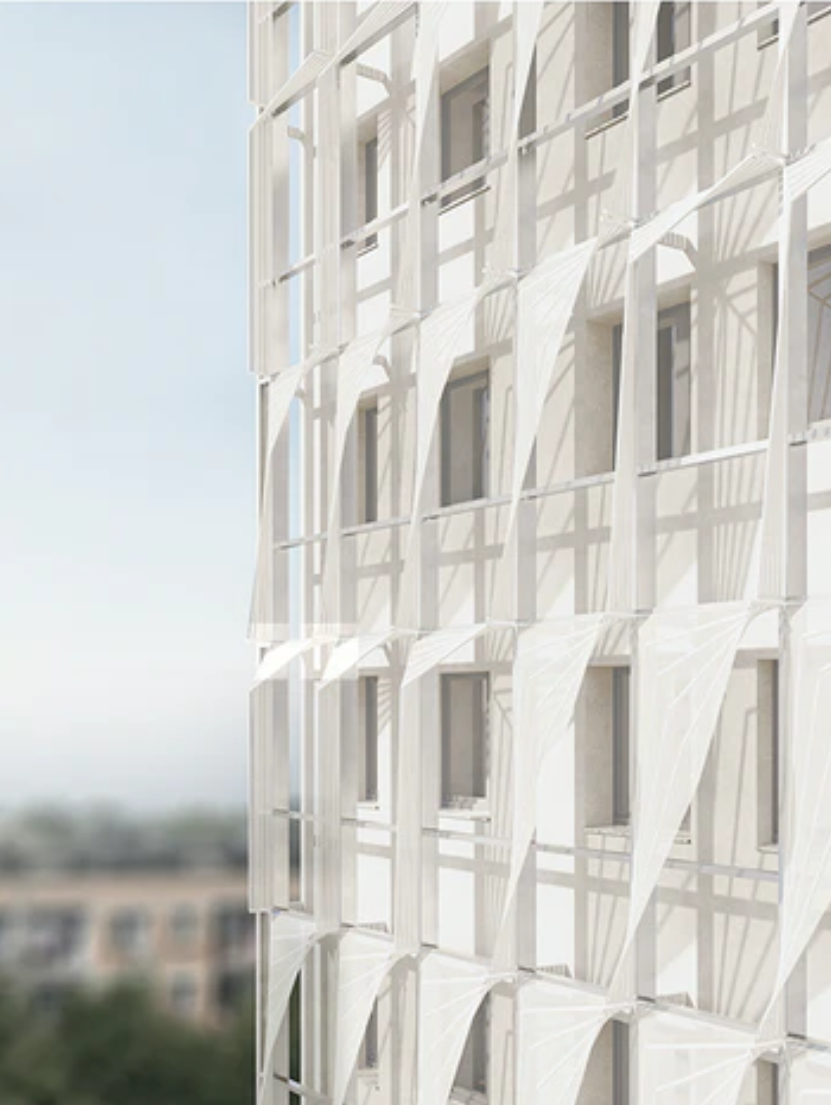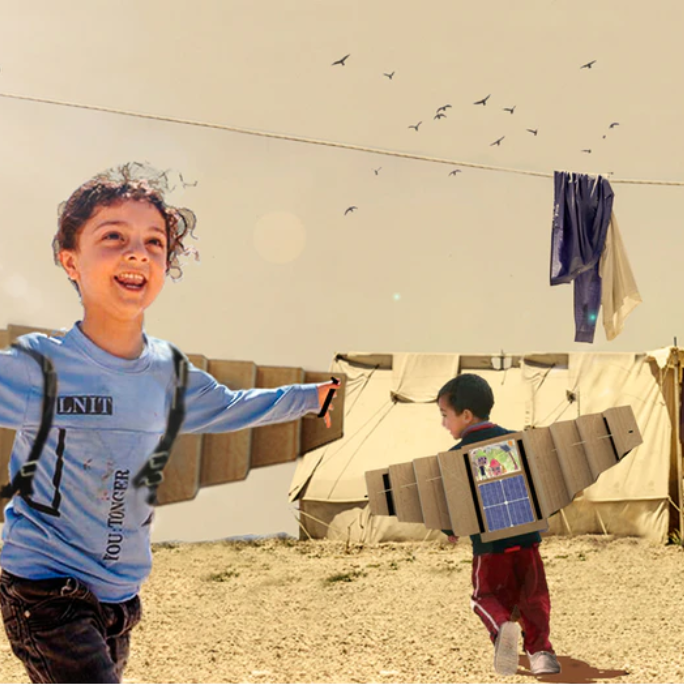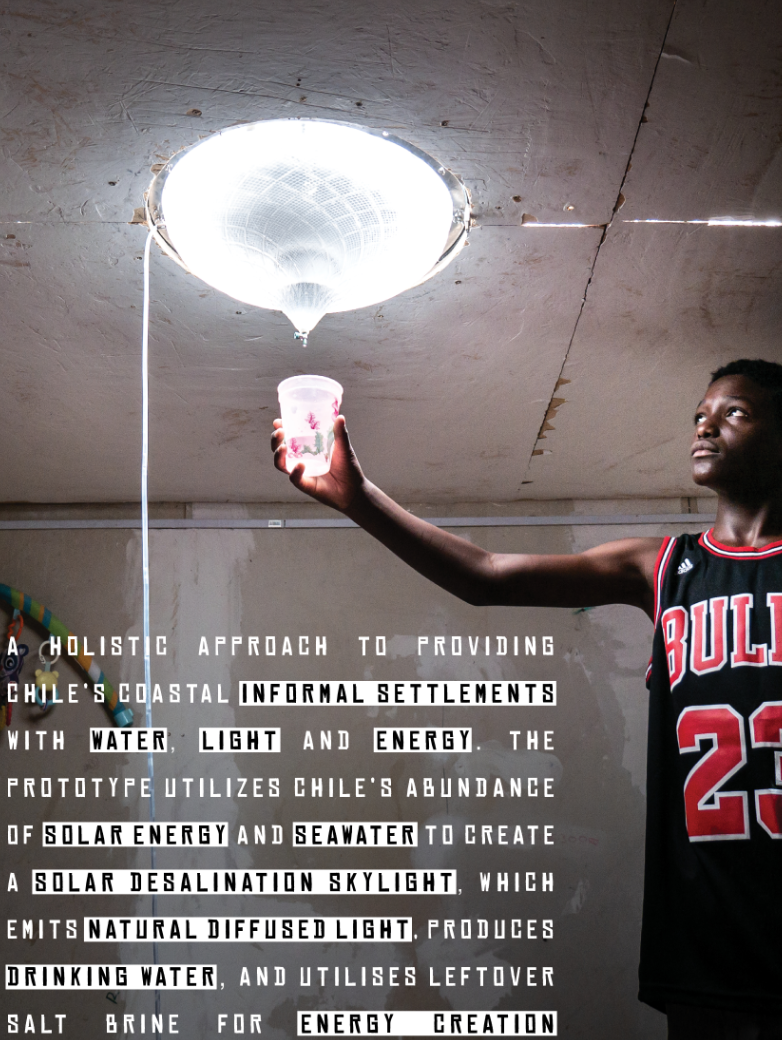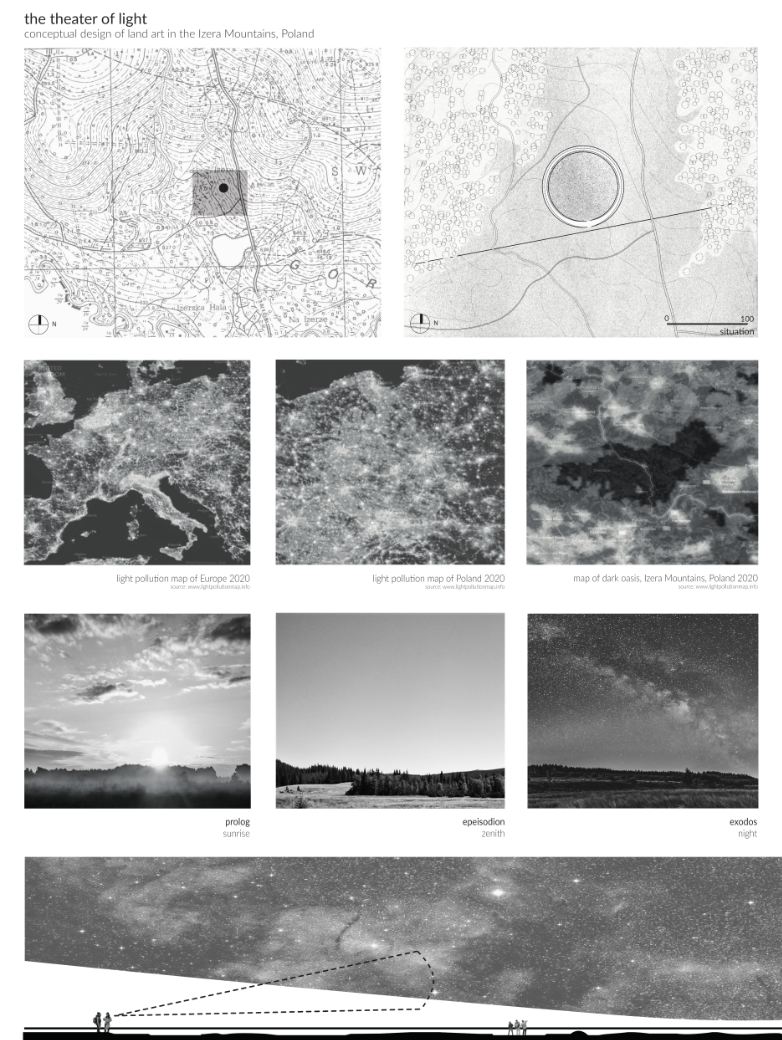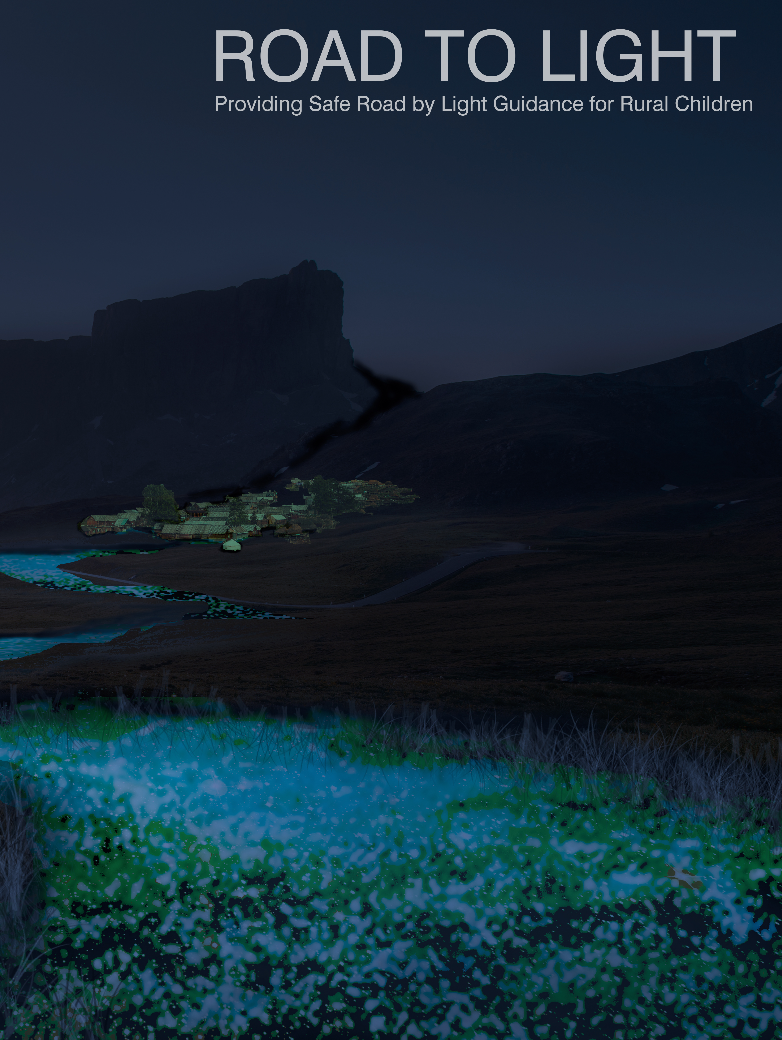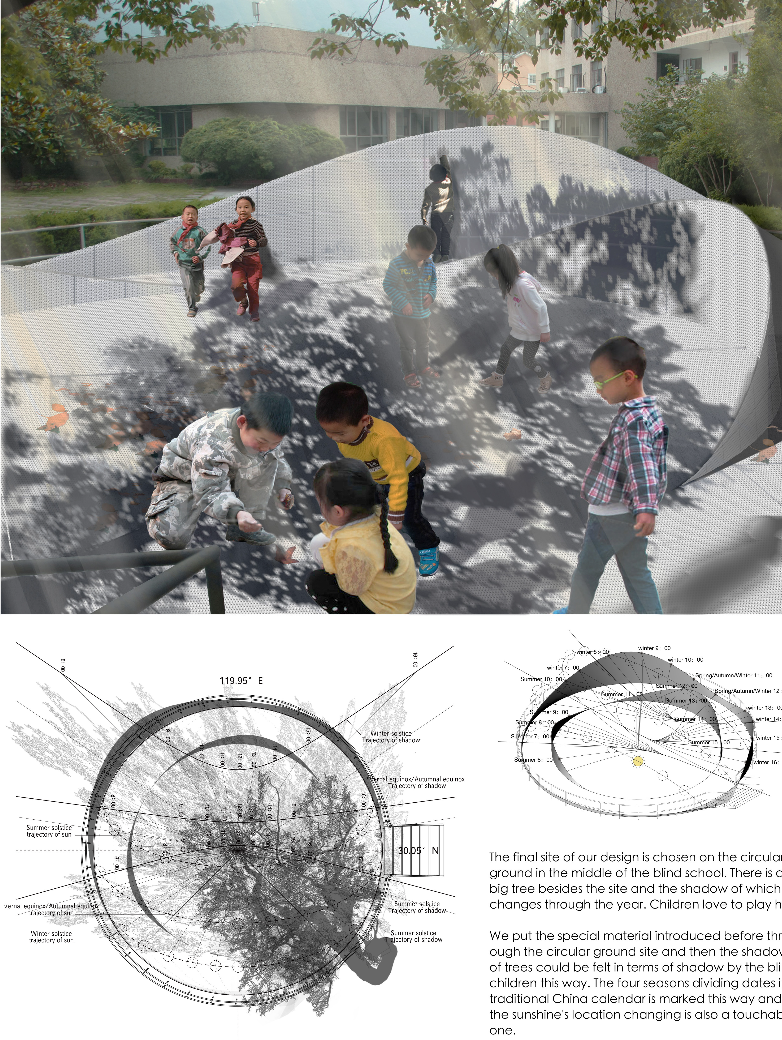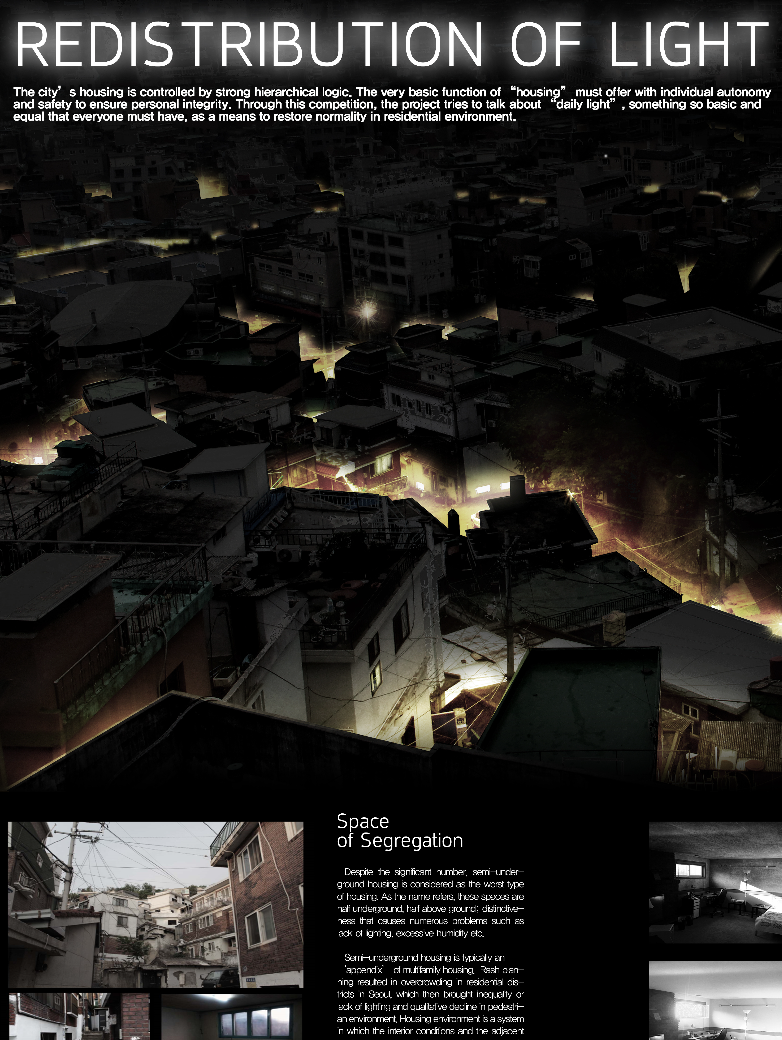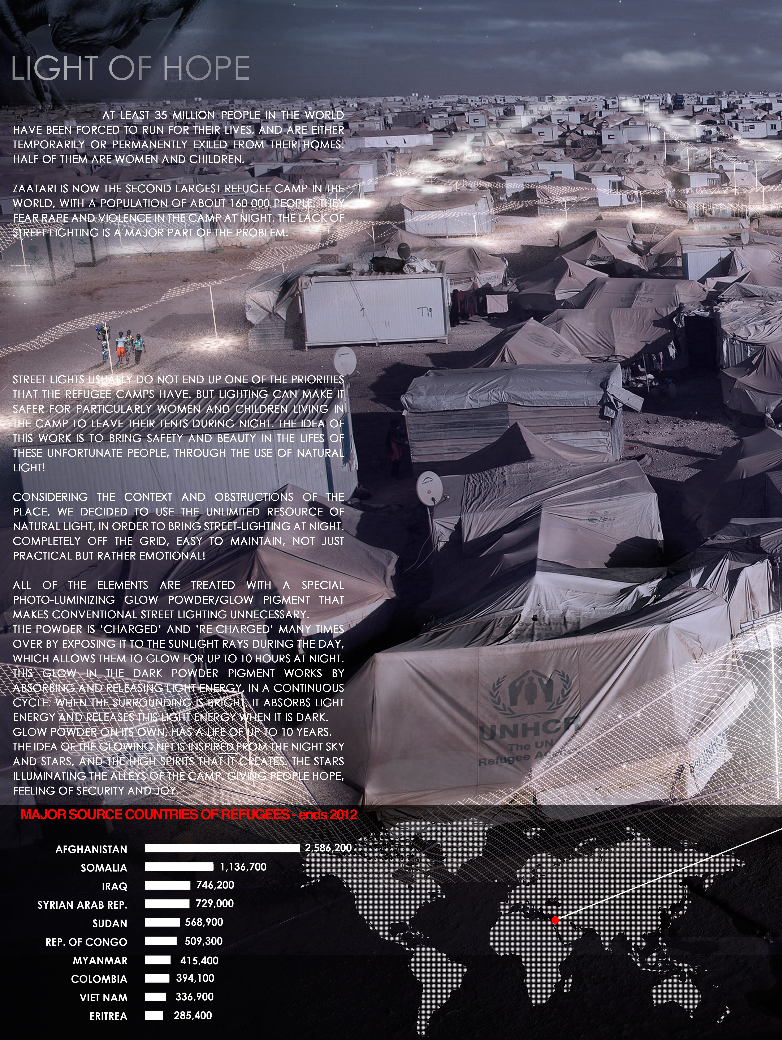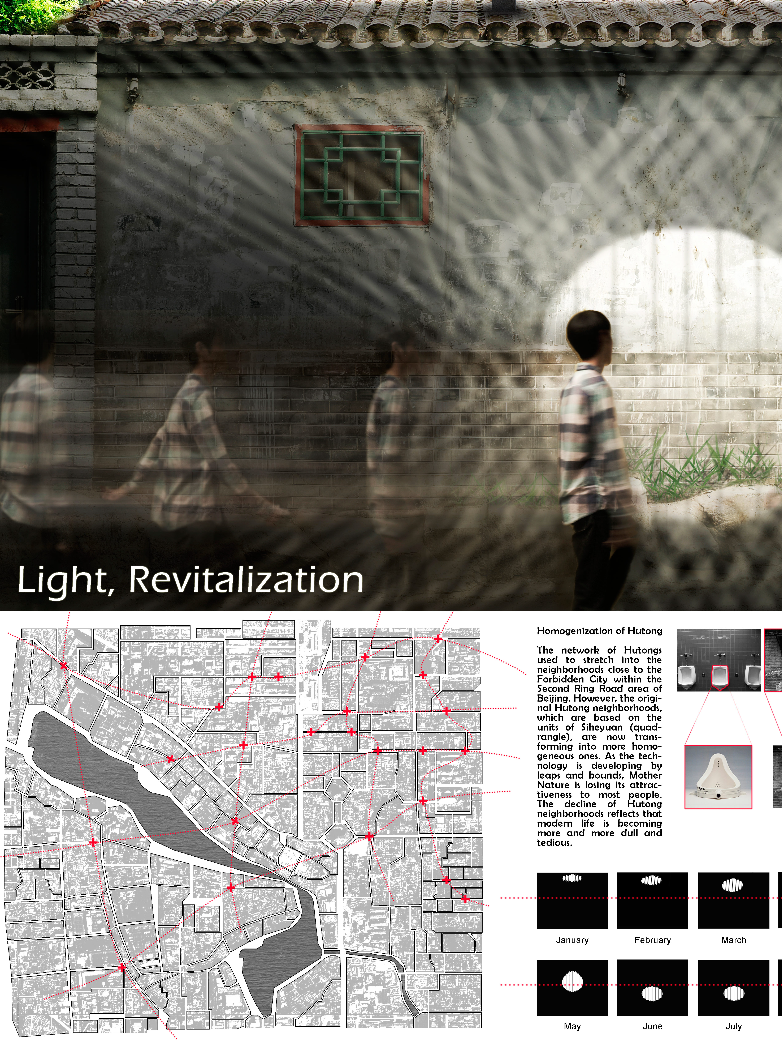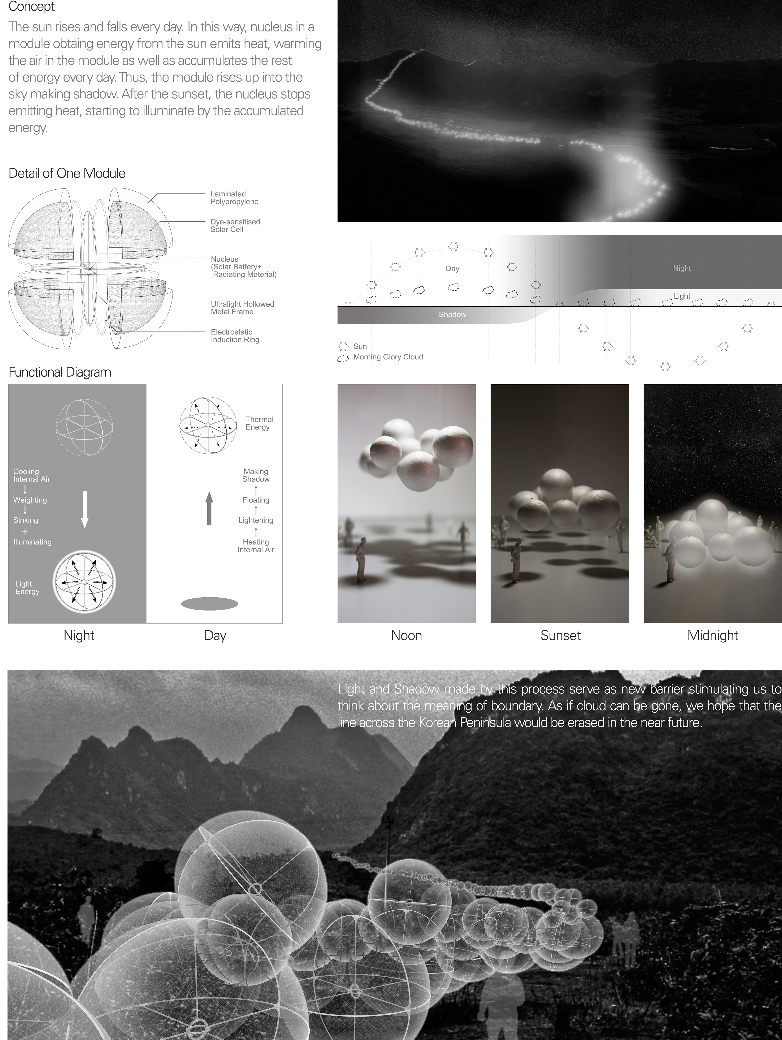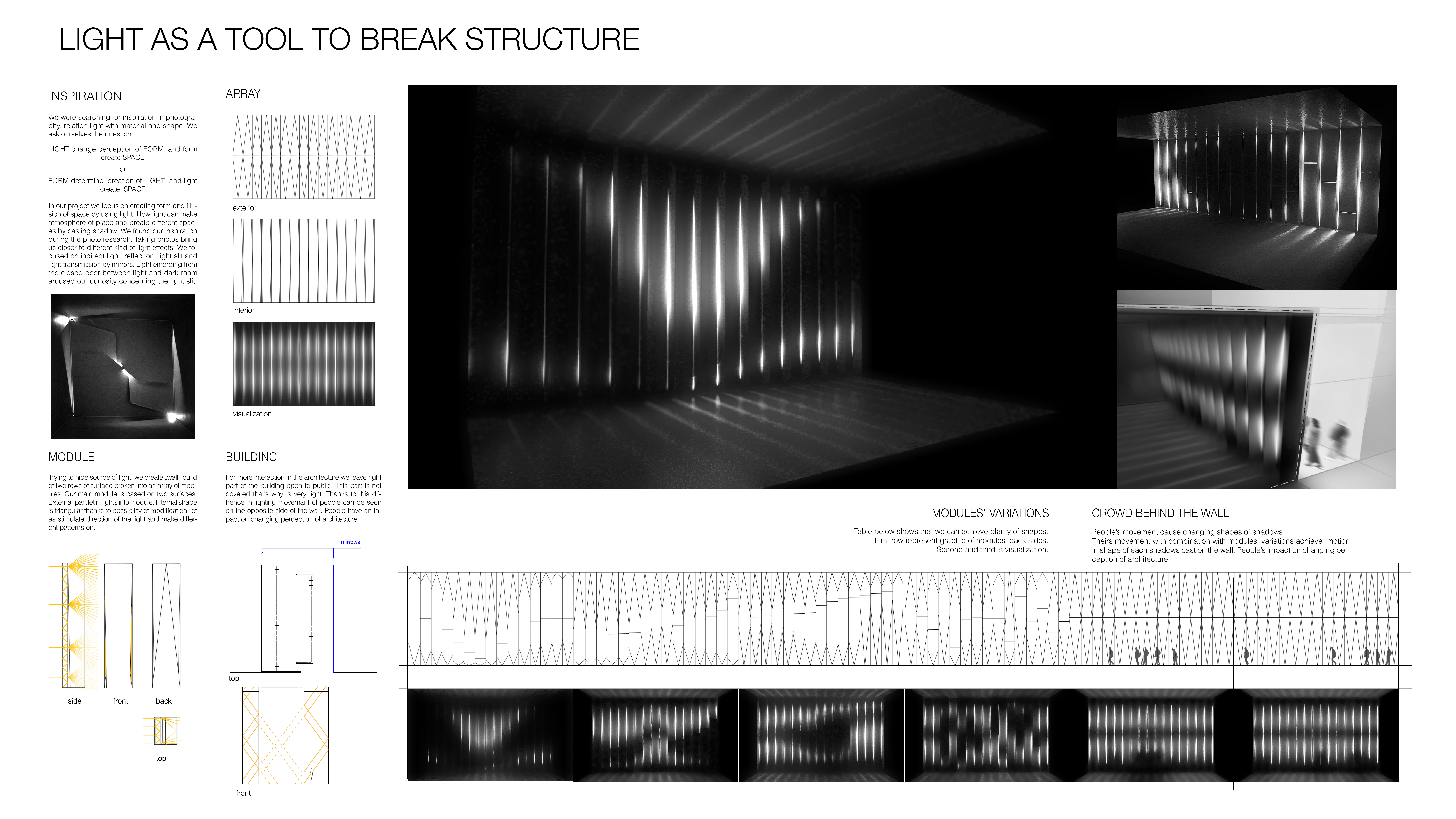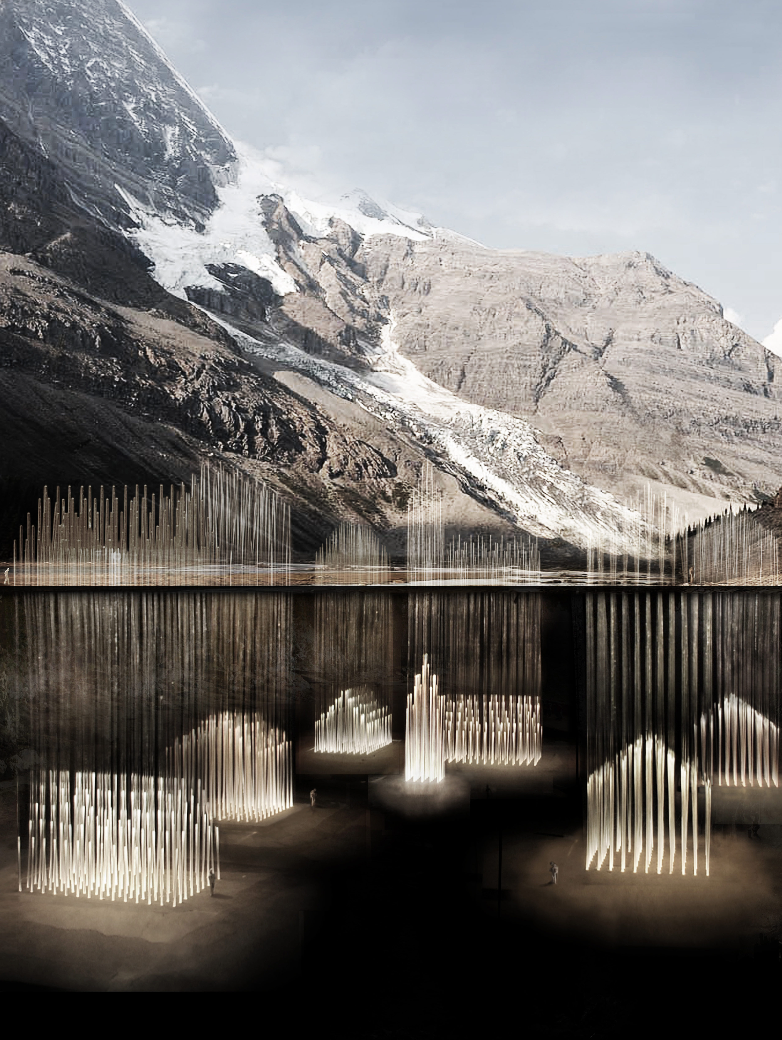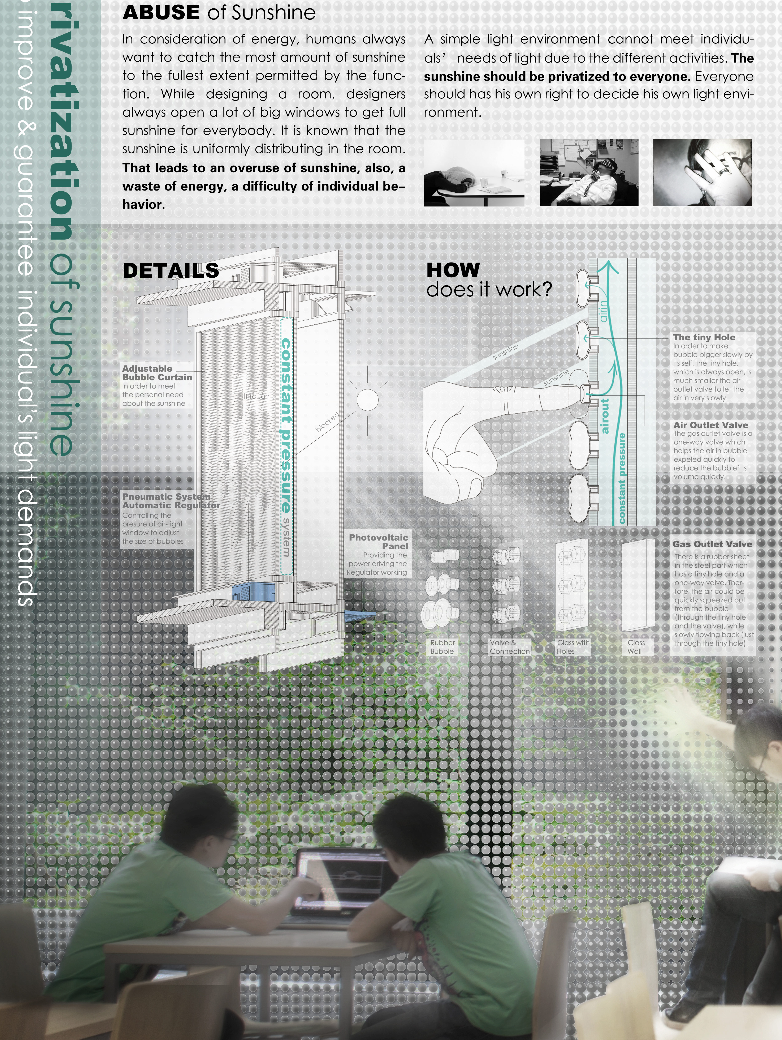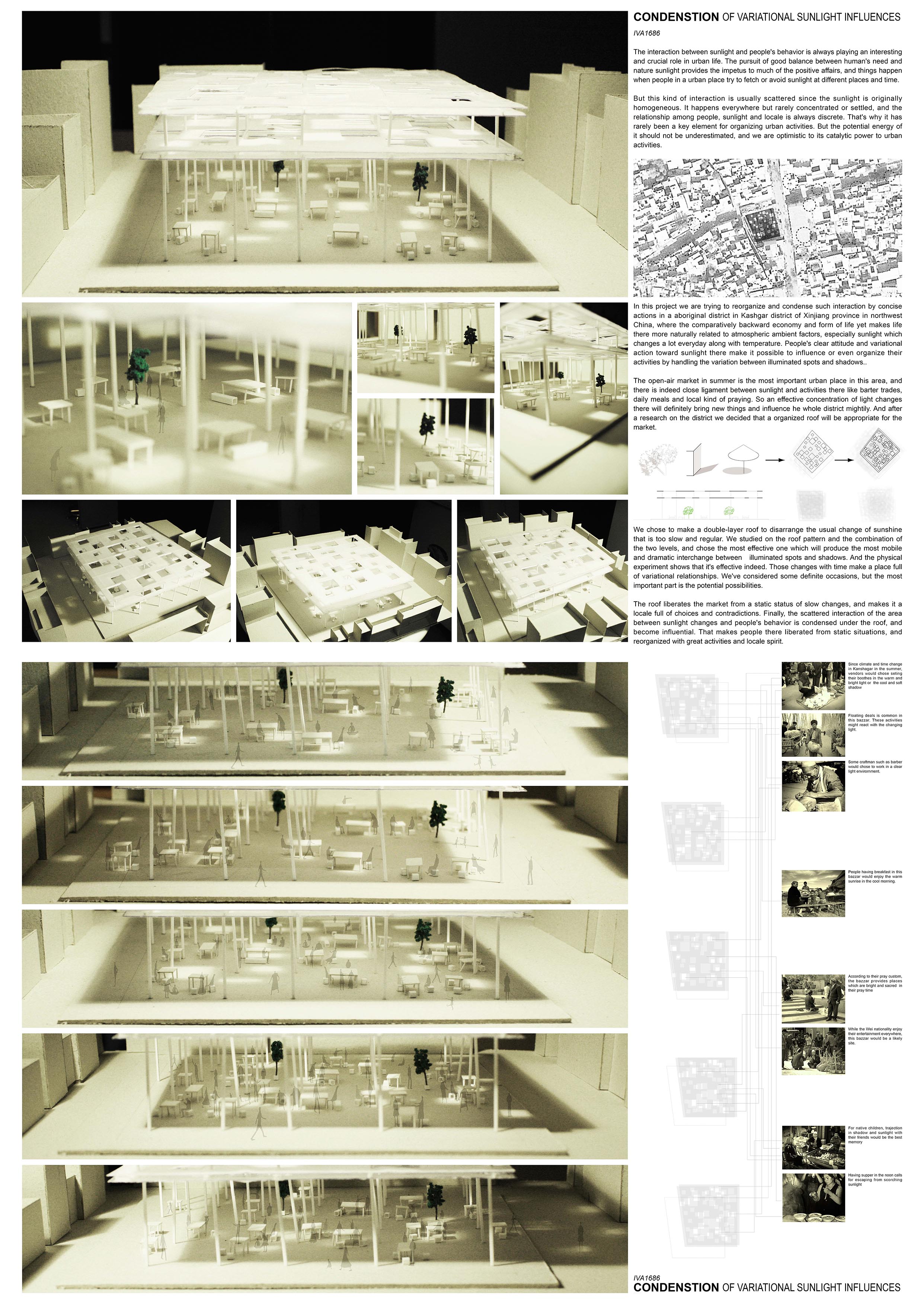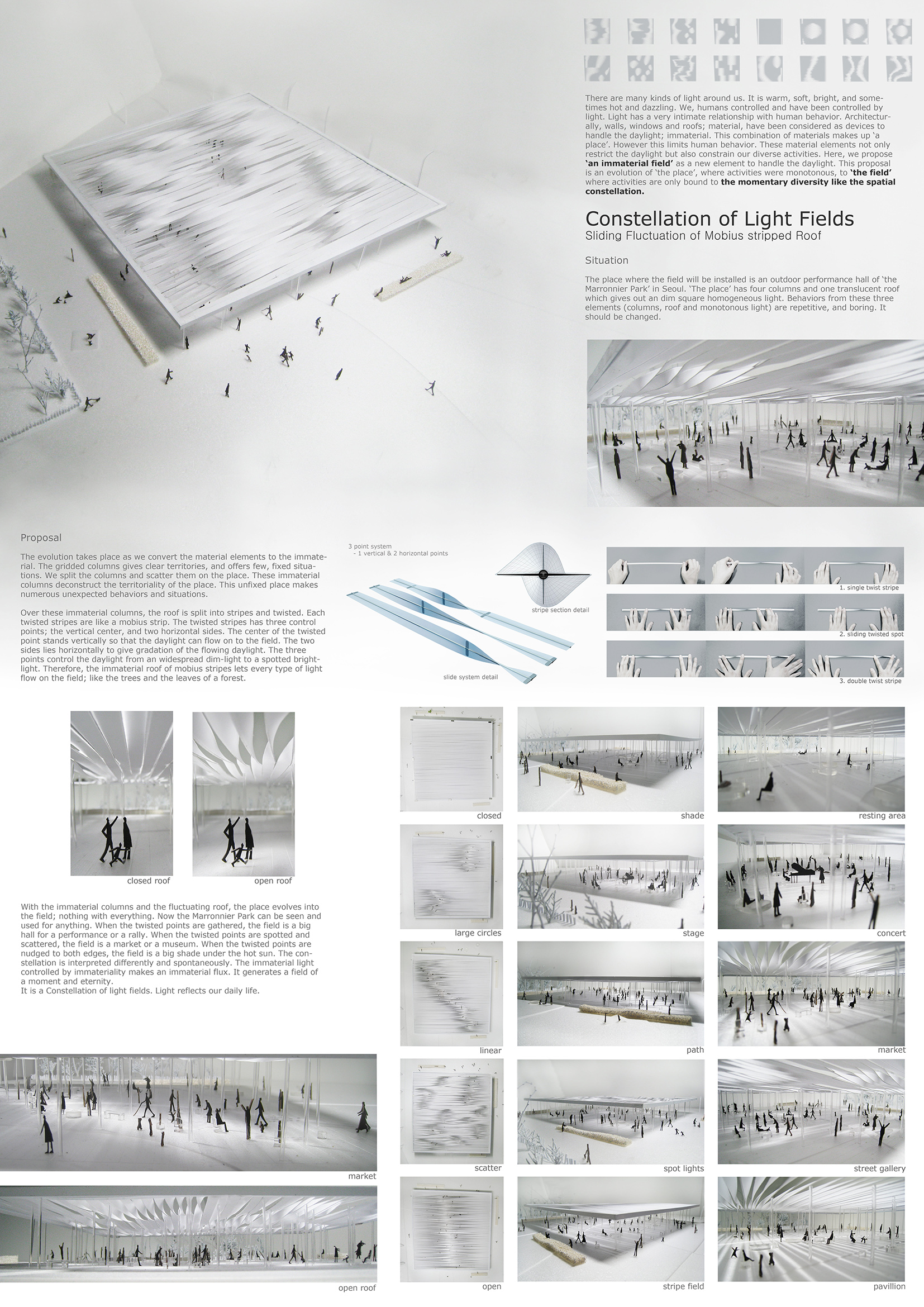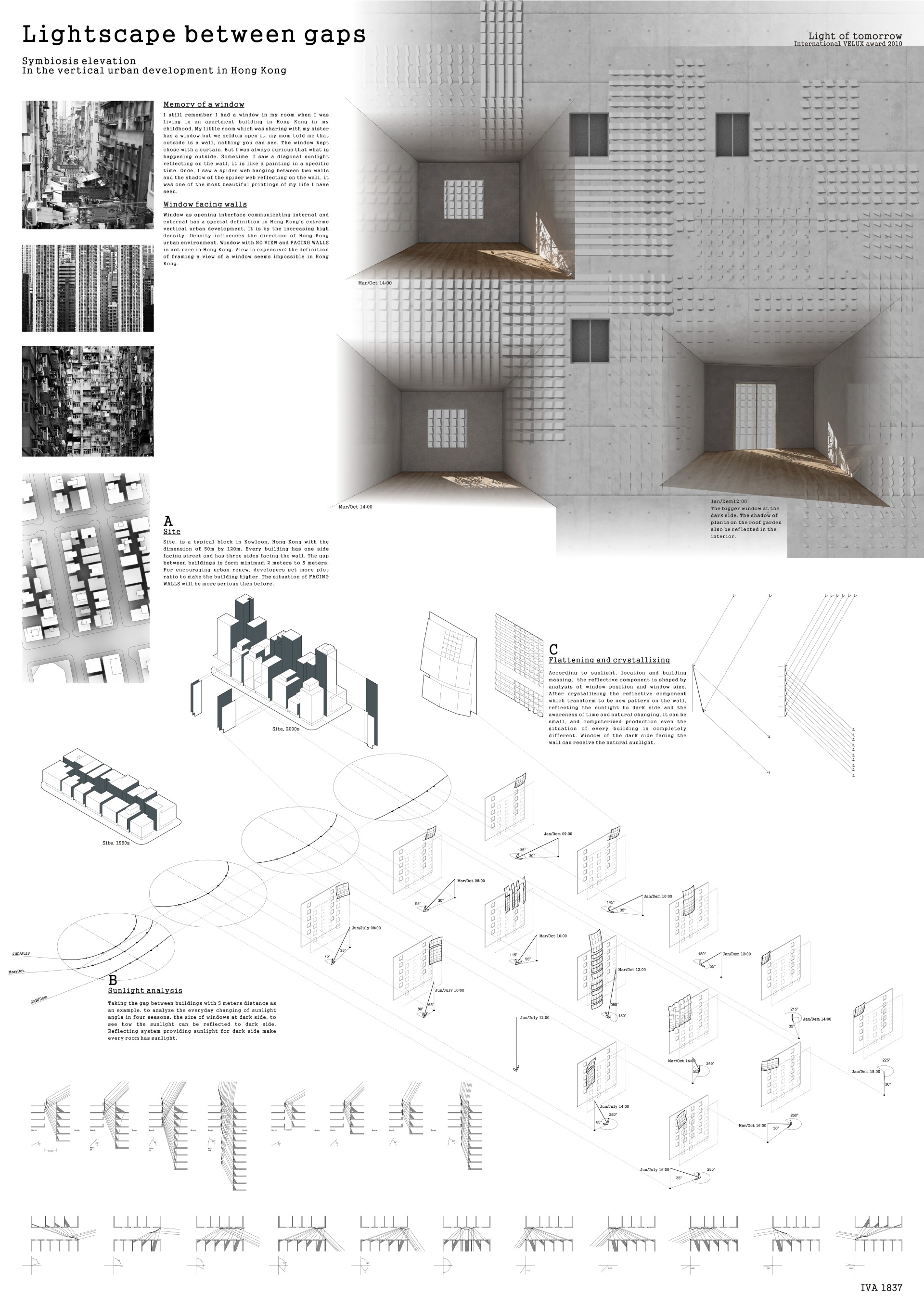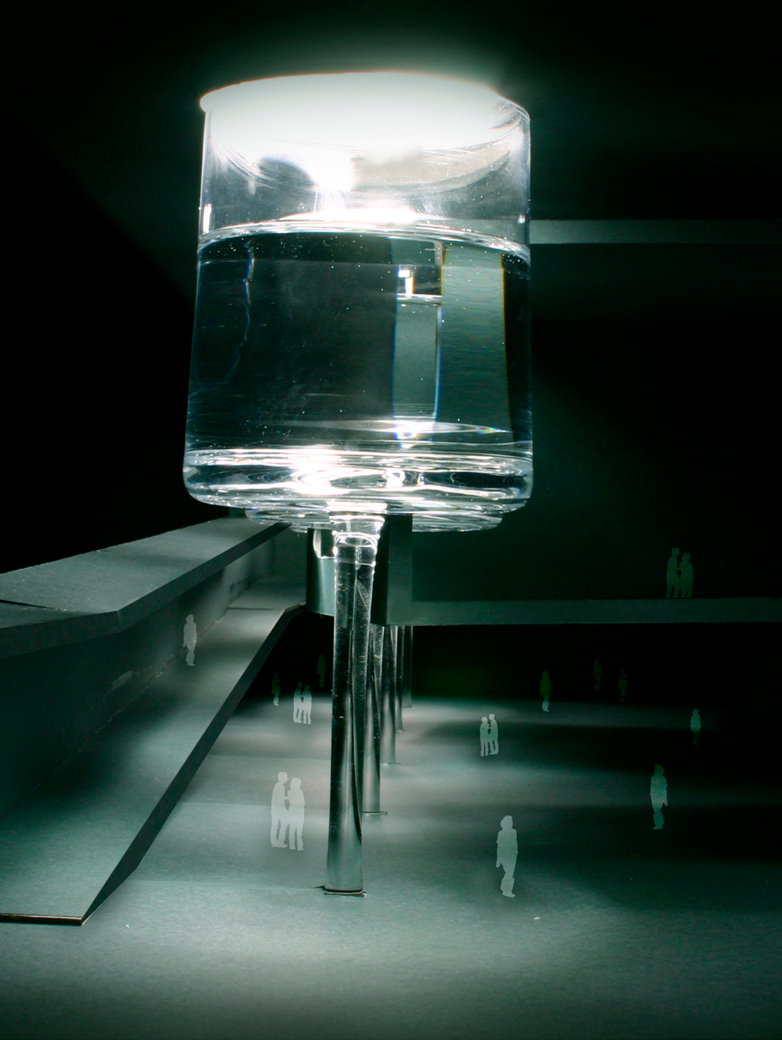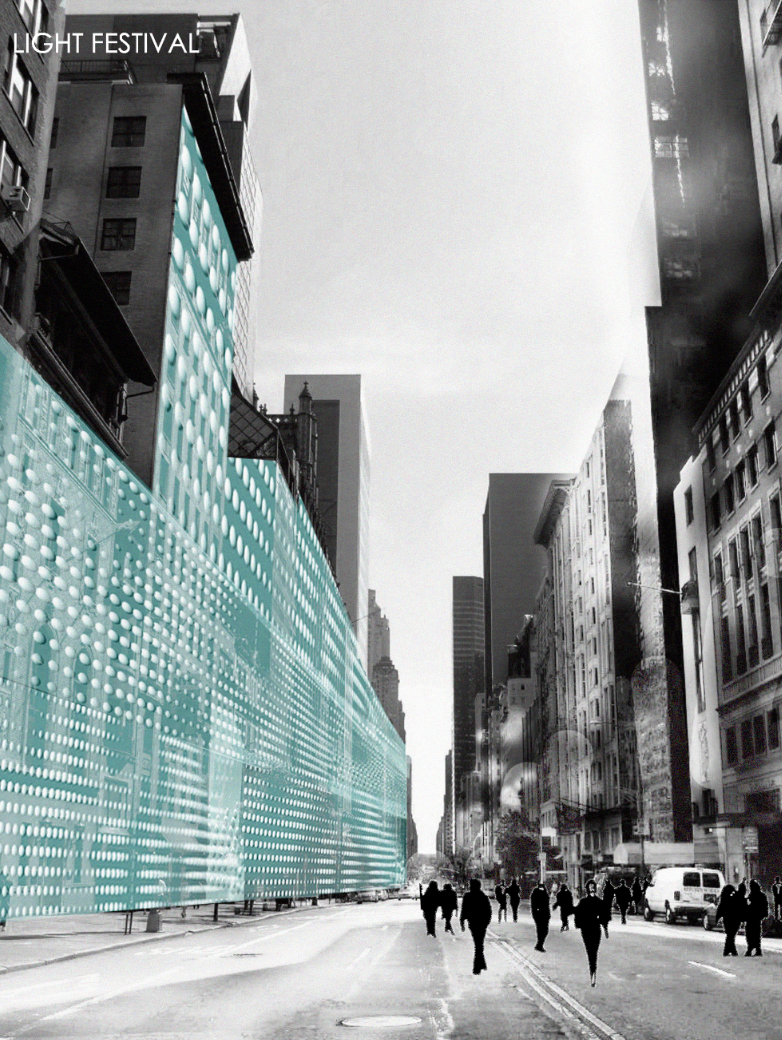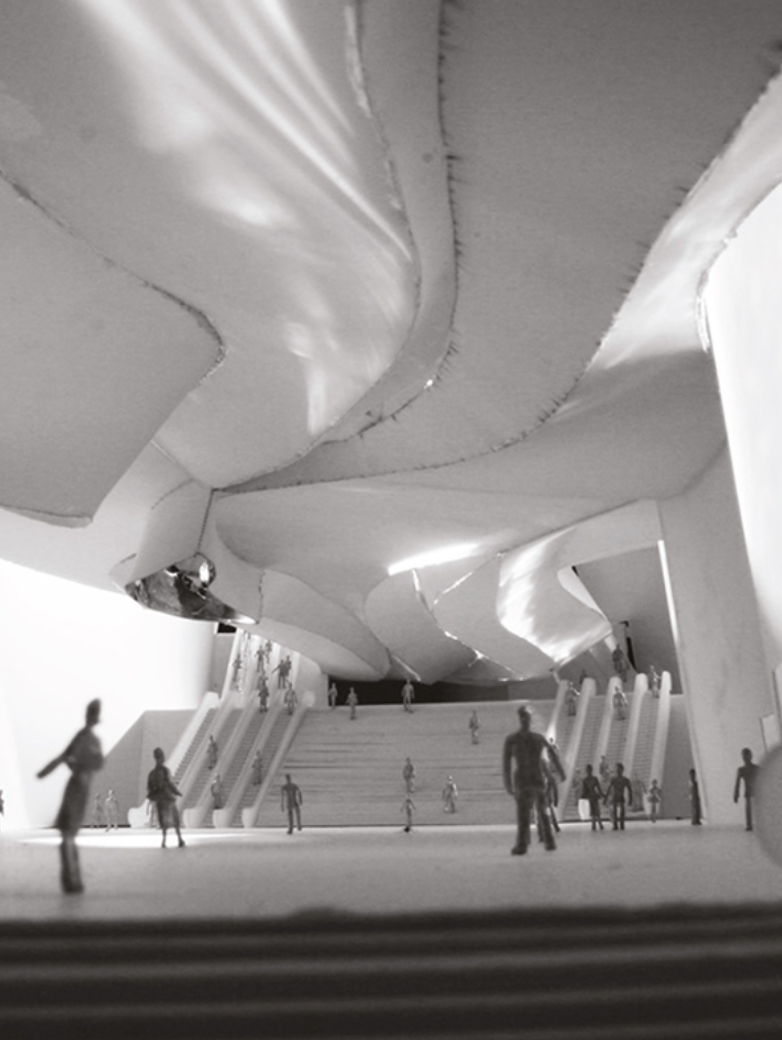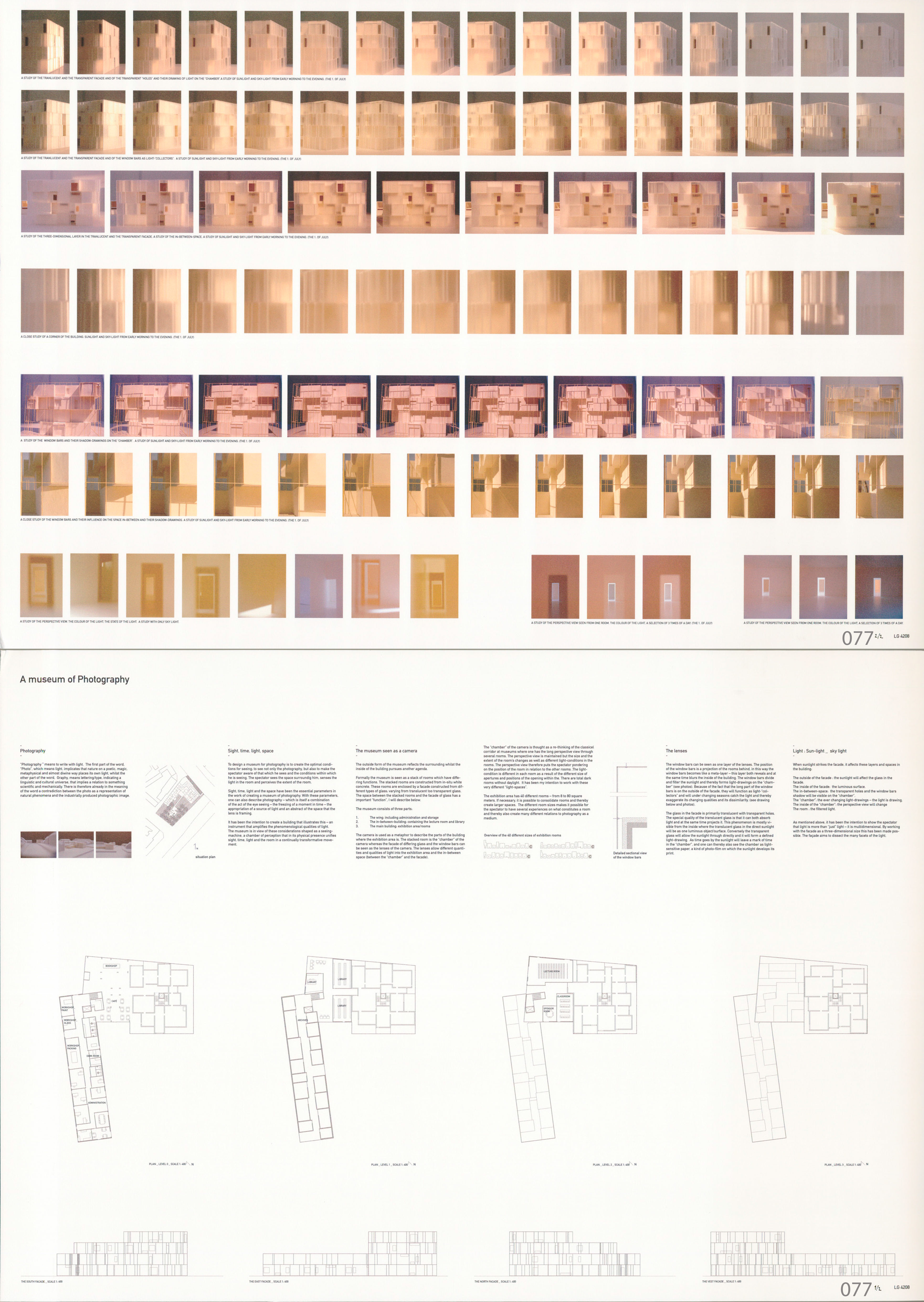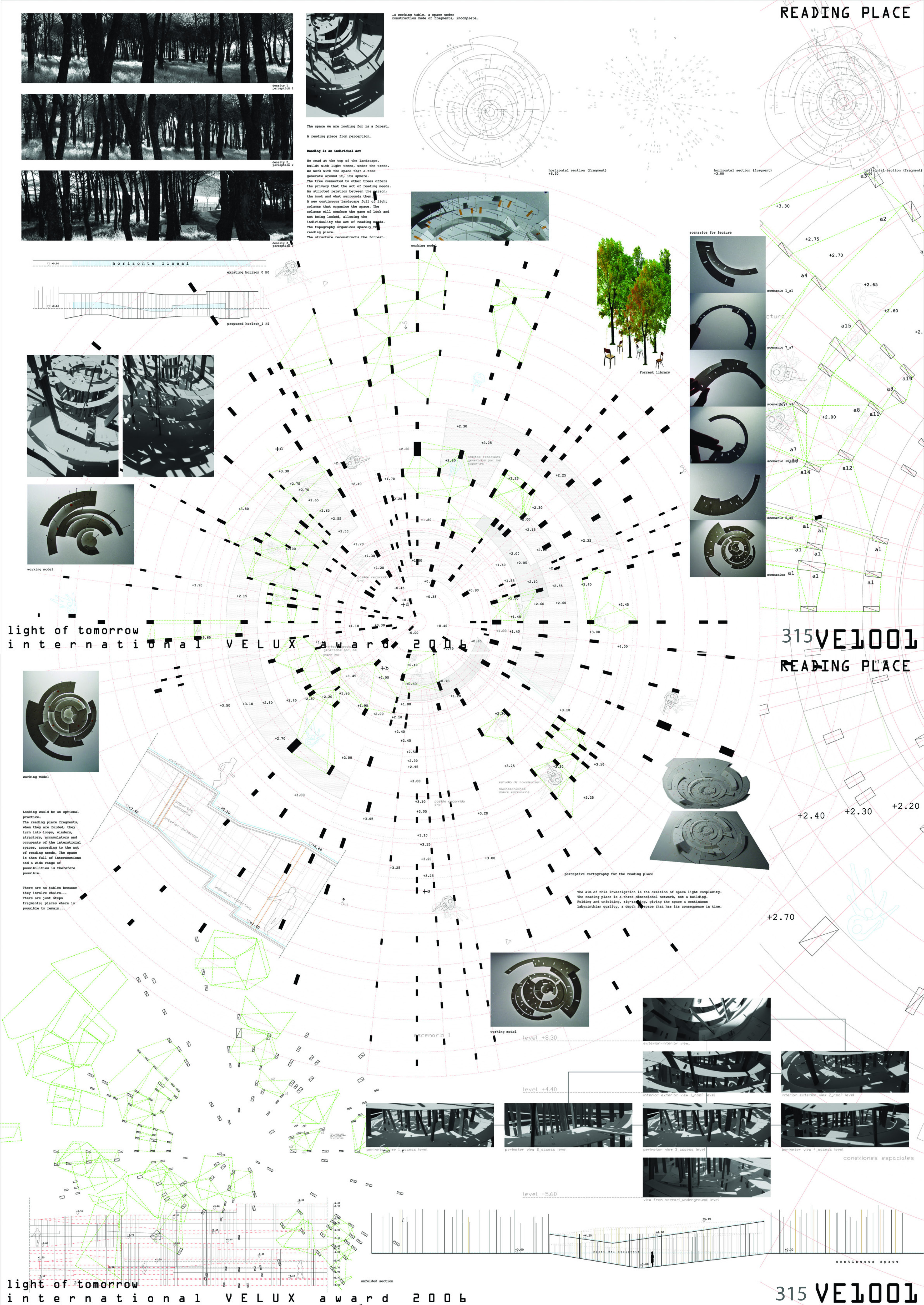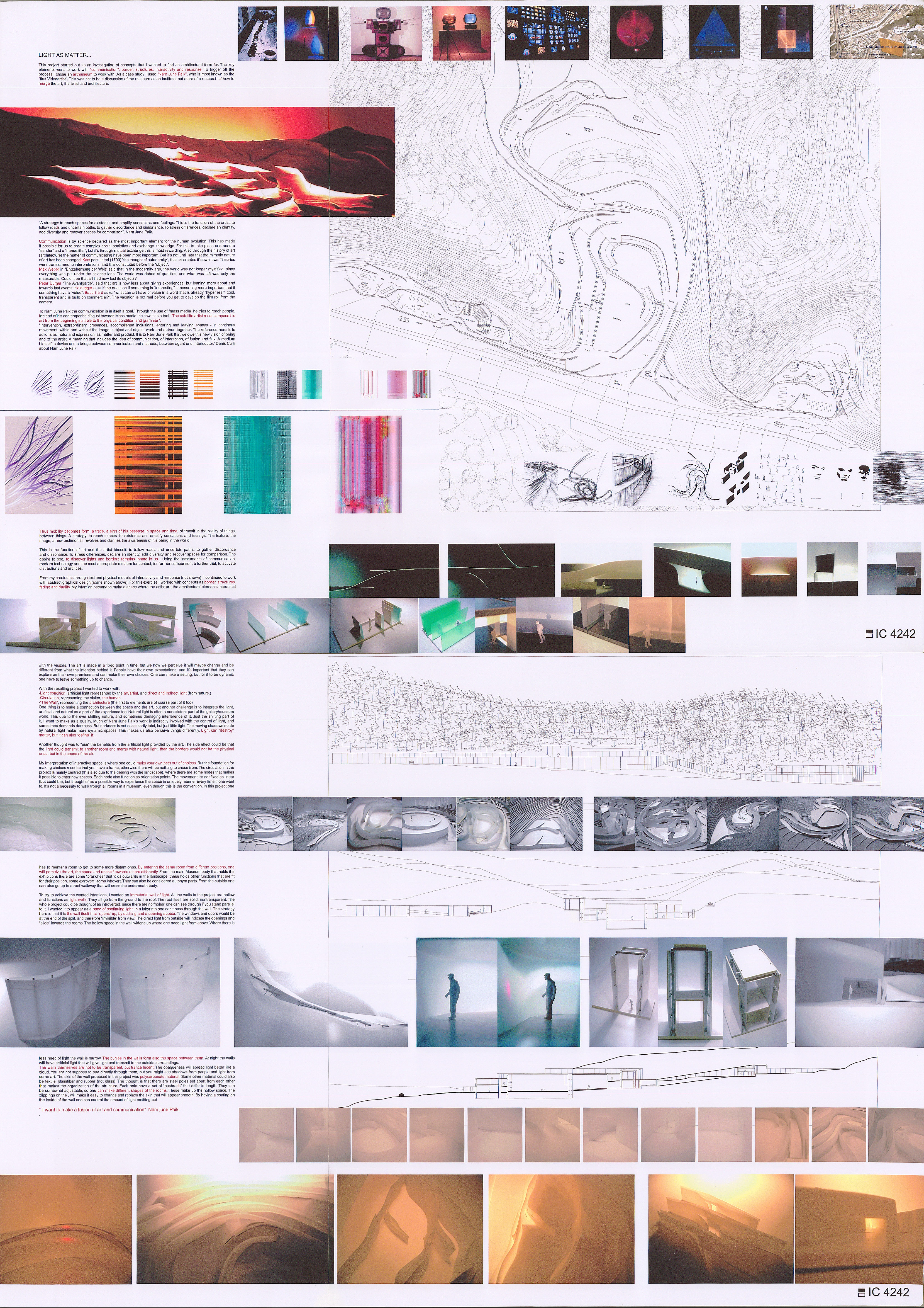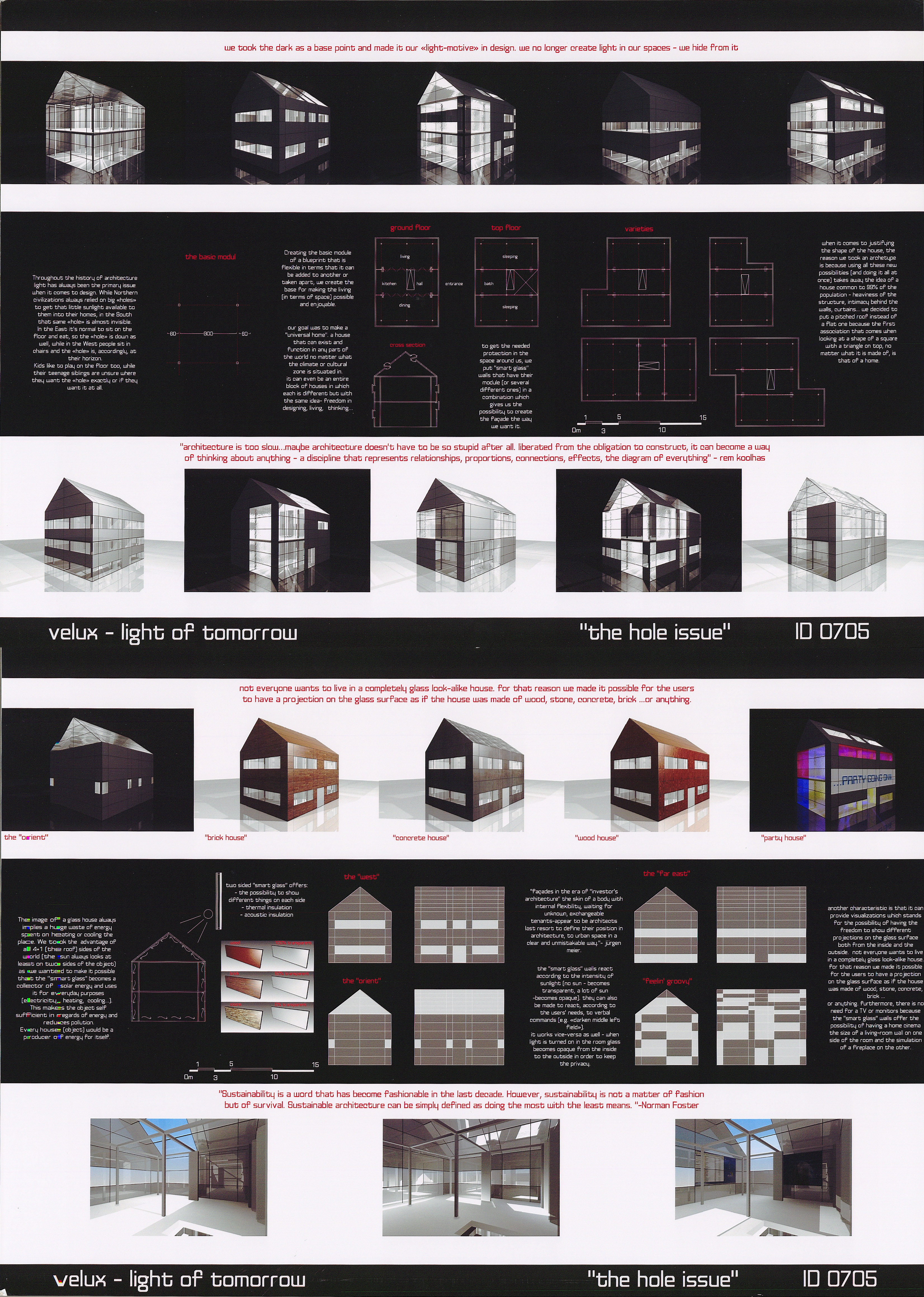2024 - In the Light of Time
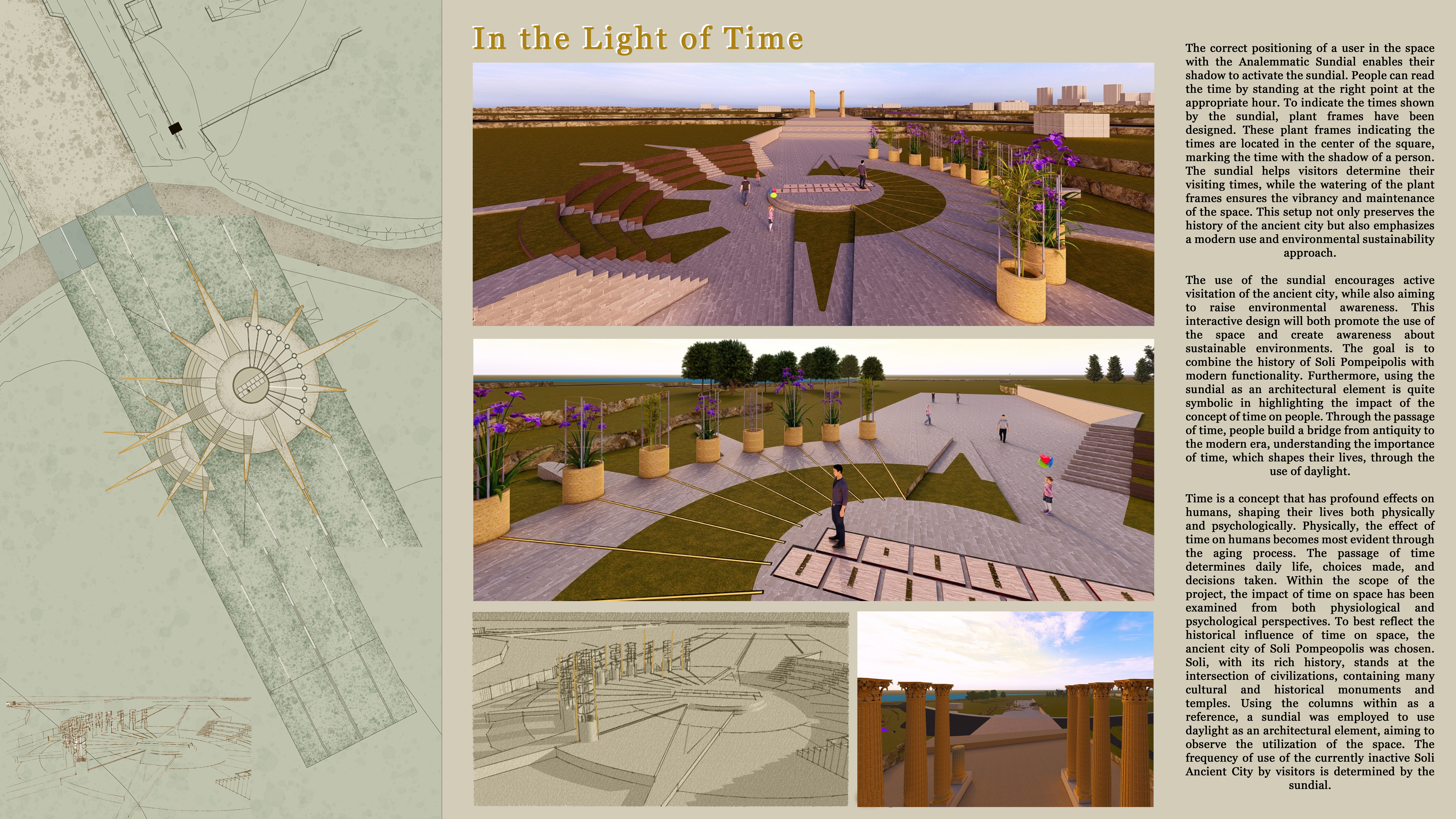
Category
Daylight Investigations - Region 2: Eastern Europe and the Middle East
Students
Seyna Şenel ÖZDEMİR, Sozda ÖZBAY, Melike Doğa KAPLAN & Umut TEZCAN
Teacher
Cem Güneri
School
Mersin University
Country
Turkey
Download
Download project board
The correct positioning of a user in the space with the Analemmatic Sundial enables their shadow to activate the sundial. People can read the time by standing at the right point at the appropriate hour. To indicate the times shown by the sundial, plant frames have been designed. These plant frames indicating the times are located in the center of the square, marking the time with the shadow of a person. The sundial helps visitors determine their visiting times, while the watering of the plant frames ensures the vibrancy and maintenance of the space. This setup not only preserves the history of the ancient city but also emphasizes a modern use and environmental sustainability approach.
The use of the sundial encourages active visitation of the ancient city, while also aiming to raise environmental awareness. This interactive design will both promote the use of the space and create awareness about sustainable environments. The goal is to combine the history of Soli Pompeipolis with modern functionality. Furthermore, using the sundial as an architectural element is quite symbolic in highlighting the impact of the concept of time on people. Through the passage of time, people build a bridge from antiquity to the modern era, understanding the importance of time, which shapes their lives, through the use of daylight.
Time is a concept that has profound effects on humans, shaping their lives both physically and psychologically. Physically, the effect of time on humans becomes most evident through the aging process. The passage of time determines daily life, choices made, and decisions taken. Within the scope of the project, the impact of time on space has been examined from both physiological and psychological perspectives. To best reflect the historical influence of time on space, the ancient city of Soli Pompeopolis was chosen. Soli, with its rich history, stands at the intersection of civilizations, containing many cultural and historical monuments and temples. Using the columns within as a reference, a sundial was employed to use daylight as an architectural element, aiming to observe the utilization of the space. The frequency of use of the currently inactive Soli Ancient City by visitors is determined by the sundial.
